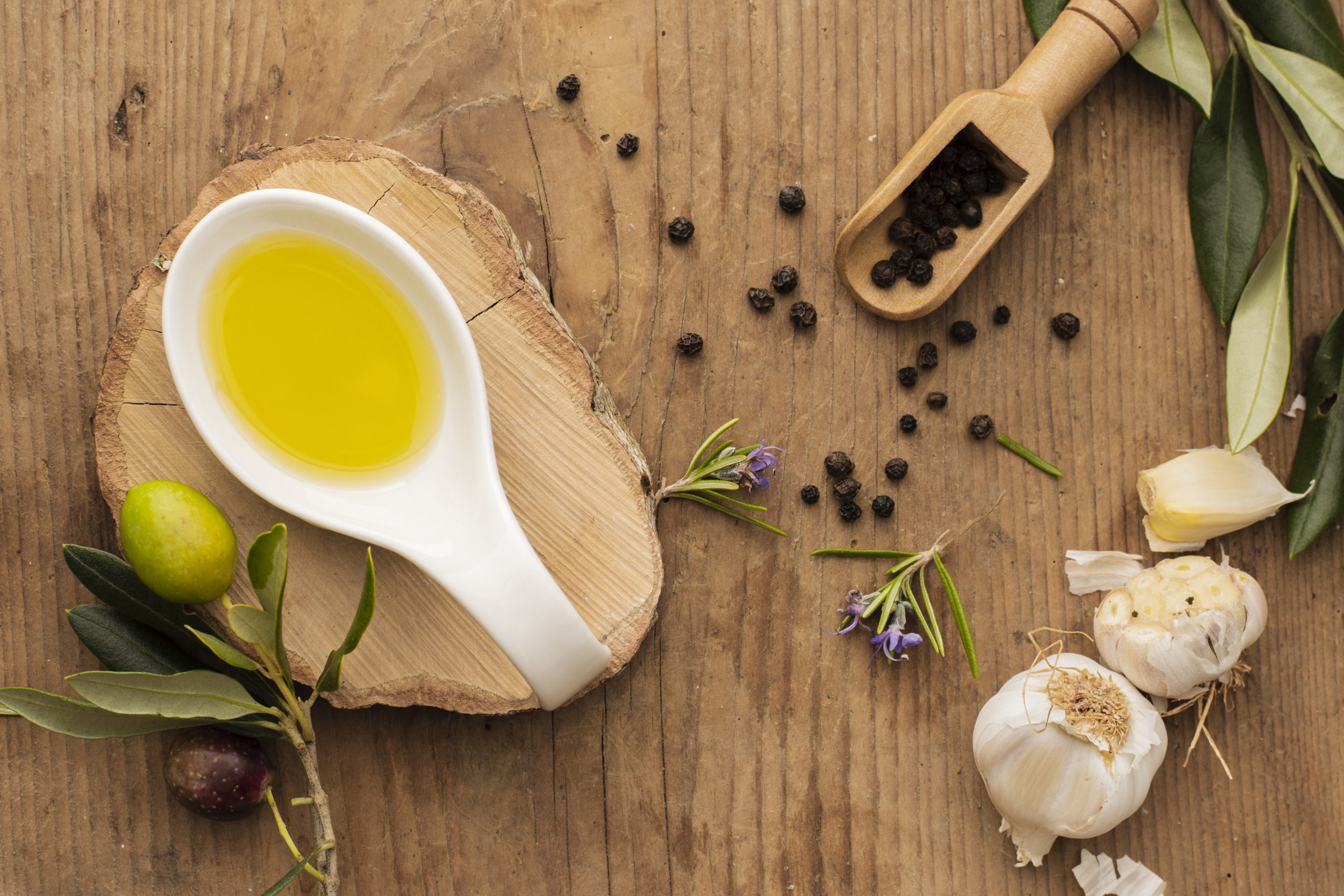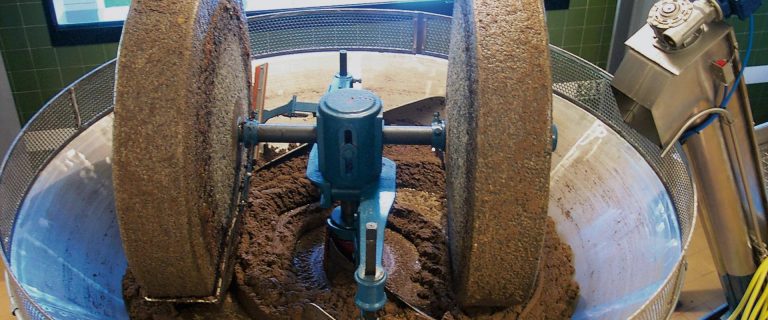
The polyphenols in extra virgin olive oil: what are they and what functions do they have?
- Post author:Guest-admin
- Post published:October 14, 2024
- Post category:Approfondimenti EN
- Post comments:0 Comments
Extra virgin olive oil, in addition to being a fundamental ingredient in cooking, capable of enhancing the aromas and flavors of dishes, is recognized as a food rich in nutrients with extraordinary health benefits.
Among these are polyphenols, powerful antioxidant molecules capable of neutralizing free radicals and fighting bacterial attacks, protecting the body from diseases related to aging, chronic inflammation, and cellular degeneration such as atherosclerosis, Parkinson’s, Alzheimer’s, and some forms of cancer.
They play a fundamental role in maintaining the balance of the gut microbiota and the well-being of the digestive system.
Science has also demonstrated their epigenetic effect in positively regulating the expression of specific genes in response to environmental factors.
Polyphenols are a group of over 500 compounds naturally found in plants, but not all are bioactive—meaning able to interact with our body’s cells and exert a beneficial effect—like those found in extra virgin olive oil, whose presence and effectiveness depend on agronomic conditions (olive variety, environmental exposure, geographical origin) and technological choices (harvest time, extraction process, and storage methods).
Typically, average values range between 100 mg/kg and 300 mg/kg, but they can reach and exceed 1000 mg/kg.
Olive oils can benefit from a specific health claim on polyphenols defined by EFSA (The European Food Safety Authority) and regulated at the European level (EU Reg. No. 432/2012): “Olive oil polyphenols contribute to the protection of blood lipids from oxidative stress.”
The use of this claim is only permitted for a polyphenol content (hydroxytyrosol and its derivatives, such as oleuropein and tyrosol) of at least 5 mg per 20 g of olive oil, which is the recommended daily amount, equivalent to two tablespoons.
Clearly, their presence in extra virgin olive oil is measured through chemical analysis, but even simply through tasting, some of the phenolic compounds can be detected through the sensations of bitterness and spiciness (with oleuropein for bitterness and oleocanthal for spiciness).
During a world congress on molecular gastronomy in Sicily in 1999, Dr. Gary Beauchamp associated the throat burn felt during olive oil tasting with the same sensation caused by ibuprofen. This organoleptic similarity led Gary Beauchamp, along with colleague Paul Breslin from the Monell Chemical Senses Center in Philadelphia, to investigate the chemical composition, discovering that it came from a phenolic compound (later named oleocanthal) rich in anti-inflammatory and pain-relieving properties, similar to those of ibuprofen.






